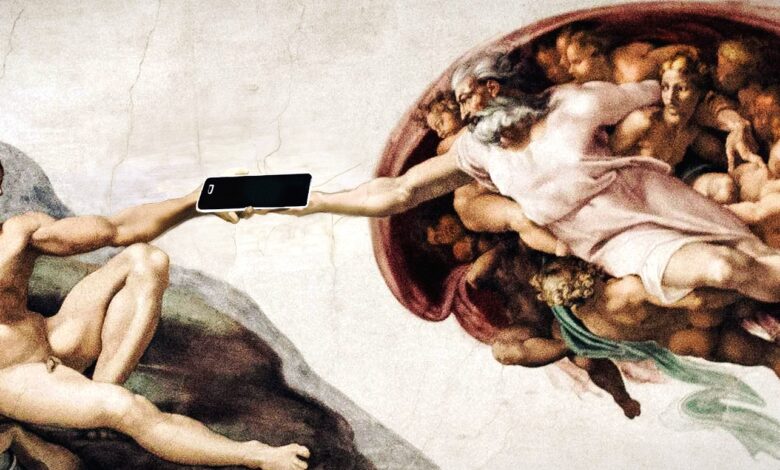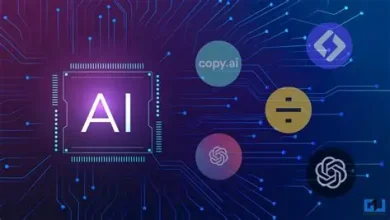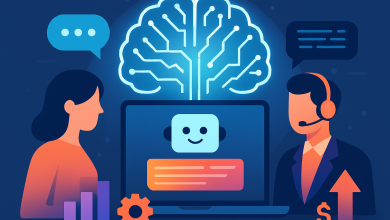
Michelangelo was a pedantic artist.
He sent away most of his assistants early in the project of painting the Sistine Chapel. Supposedly, ‘inferior’ was his incredibly cutting description of their work.
No doubt emotionally floored, the assistants were allowed only to work on the lower walls of the chapel, work that was quite literally beneath the artistic titan.
But even Michelangelo couldn’t always do it all alone.
The Renaissance Studio Hierarchy
While he often rejected it, the typical Renaissance studio offered Michaelangelo a beautifully nuanced pyramid of assistants to leverage.
At the foundation were Apprendisti, young apprentices learning the craft from the ground up. They prepped surfaces, ground pigments, and filled in basic decorative elements.
A step above were the Garzoni, studio assistants who had graduated from menial tasks, but were still learning. They painted things that didn’t require creative decision-making, but needed a steady hand.
Then came the Aiutanti, often trained artists in their own right, entrusted with larger sections of a painting. They could handle anything that supported the master’s vision without defining it.
At the highest level sat the Collaboratori, artists sometimes nearly equal to the master, and responsible for entire sections of a commission. The more experienced you were, the closer you were to the heart of the piece.
And yet, no matter how large the project, certain parts were always reserved for the master’s hand: faces, hands, and expressive details that defined the emotion of the piece. The parts that carried meaning. The parts that mattered most.
AI and Creativity
Now, swap out the Renaissance studio for AI in the creative industry.
AI today is where an Apprendista might have been in the 1500s. It can handle the equivalent of shrubbery and low-risk elements. It can prepare, assist, and execute predictable patterns, but it doesn’t understand why one choice is better than another. (Yet.)
It predicts outcomes based on data, but it lacks intent, taste, and the ability to innovate beyond the frame of its training. For the time being at least, when it comes to the stuff that matters, that’s still the master’s domain.
Just as the Renaissance workshop allowed a master to scale their vision across massive frescoes and altarpieces, AI gives today’s creatives a level of speed and scale that was unimaginable even five years ago.
The question isn’t if we’ll use AI, it’s how we’ll use it without losing the human touch.
The Human Touch
‘The human touch’ is infinitesimally nuanced.
If a creative person wants to take their existing skills and work ethic, and multiply them by leveraging AI, the world is very much their oyster.
It’s about new and different ways one might get to better ideas. If it’s just about easier, or lazier ideas, a bleak future awaits.
AI is going to break a lot of our definitions of words like ‘Work’, ‘Idea’, and ‘Creativity’, much like social media did, and the internet did, before it.
But like social media and the internet, how we put the pieces back together is up to us.
I’m taking a Kintsugi approach. I believe we can form something new, something far more interesting, something that frankly, very few of us would have had the foresight to predict.
The Current Limits of AI in the Creative Act
I’m no expert. But based on what I do know about the current models of AI:
-it predicts, while humans understand meaning.
-it uses probability, while humans use experience and reasoning.
-it lacks intent or imagination, while humans can create entirely new meanings.
What remains certain is that the creative industry has always been about knowing what to delegate, what to refine, and what to keep entirely in the master’s hands.
The Future of Creative Work with AI – a Guesstimation
Will some businesses leapfrog creatives and creative specialists, and head straight for AI? Yes. But before AI, they could have done that and headed straight to Fiverr. Or worse, tried to do the work themselves.
But what do the results look like, when you decide the creative thought, vision, and judgement of people who’ve been paid and trained for decades to have creative thought, vision, and judgement, doesn’t matter?
To me, they look like more Kendall Jenner Pepsi ads, and they make me feel a little queasy.
I’d like to think that if that ugly chunk of history repeats itself, but this time wearing AI skin, creative companies will eventually find themselves in meetings with businesses whose tails are firmly clamped between their legs.
It’s easy to flinch when we stare into the fire-breathing face of AI.
It’s easy to snigger and point out when it stumbles.
But perhaps, we should simply observe, and experiment?
Observe, Experiment
Sure, AI scares me. But it excites me more. It is an undeniable, unbeatable, information assembling and re-organising, pattern-finding, perpetual motion engine.
It is going to be the biggest change the world has experienced since the advent of the internet itself. But whatever it gives us, someone or something still needs to apply intent. Someone or something still needs to orchestrate thinkers, doers, and problem-solvers around that intent.
AI may become the ultimate Collaboratori, but it still needs Michelangelo to decide where the chisel lands.





